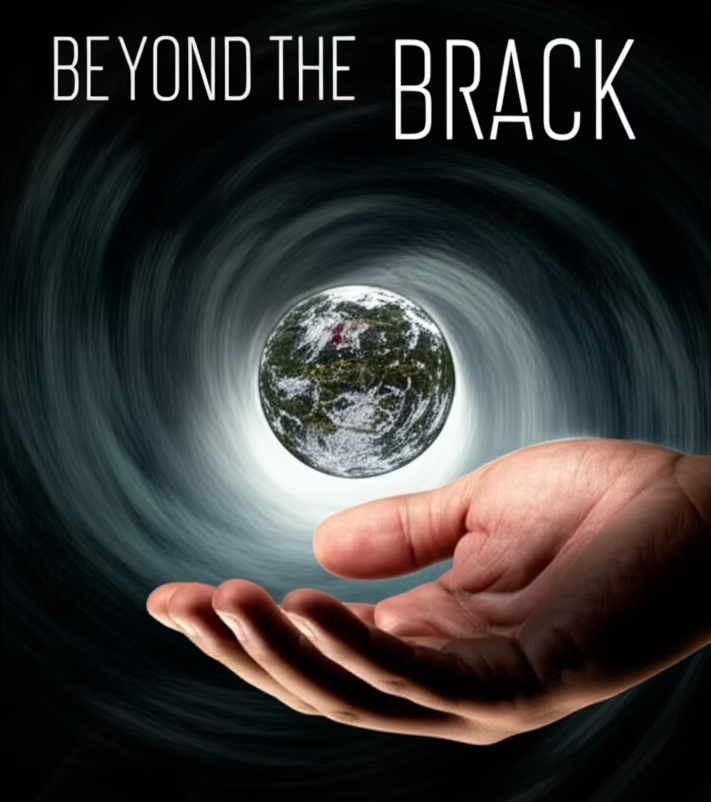The air crackles with a tension many of us haven’t felt in decades. Headlines scream of escalating conflicts, whispers of nuclear brinkmanship grow louder, and a sense of global nuclear threat permeates our daily lives. The “unthinkable,” the devastating reality of nuclear war, we explored in our previous discussion, suddenly feels less like a distant nightmare and more like a shadow looming just beyond the horizon. From the ongoing devastation in various regions to the increasingly strained relationships between major world powers, it’s clear we are navigating a geopolitical landscape fraught with peril. Understanding these escalating tensions and the re-emergence of the global nuclear threat isn’t just the responsibility of diplomats and politicians; it’s crucial for every informed citizen of our interconnected world. Collective awareness and a commitment to peaceful resolutions are the vital first steps towards pulling ourselves back from the brink.
The Shifting Geopolitical Chessboard
The global chessboard has become a complex and volatile arena, where seemingly localized conflicts can trigger far-reaching consequences. The interconnectedness of our world means that instability in one region can rapidly ripple outwards, impacting global economies, sparking proxy wars, and exacerbating existing security dilemmas. From the protracted and heart-wrenching conflicts in the Middle East to the ongoing struggle in Eastern Europe, we witness a dangerous interplay of national interests, historical grievances, and the relentless pursuit of power. These flashpoints don’t exist in isolation; they fuel mistrust, strain international relations, and create fertile ground for further escalation. The intricate web of alliances and rivalries means that what begins as a regional dispute can quickly draw in major global players, inching us closer to a wider confrontation that no one truly desires. The looming global nuclear threat makes these escalations even more perilous.
The Return of the Global Nuclear Threat
Perhaps the most chilling aspect of our current global climate is the resurgence of the global nuclear threat. For a generation, the threat of nuclear annihilation seemed to recede into the background following the end of the Cold War. However, recent developments have brought this existential risk back into sharp focus. We see nations modernizing their nuclear arsenals, key arms control treaties being dismantled, and a worrying increase in rhetoric that toys with the unthinkable – the potential use of nuclear weapons. The very concept of nuclear deterrence, once seen as a guarantor of peace through mutual assured destruction, now feels increasingly fragile in a multipolar world with more actors possessing or aspiring to possess these devastating weapons. This “proliferation paradox” – the idea that more nuclear-armed states increase the overall risk – weighs heavily on global security and demands urgent attention and diplomatic solutions to counter the global nuclear threat.

Beyond the Battlefield: Economic and Social Fallout
The consequences of these escalating conflicts extend far beyond the immediate battlefields. Even in the absence of nuclear warfare, the economic and social fallout of widespread instability is already being felt globally. Supply chains are disrupted, leading to inflation and economic uncertainty. Humanitarian crises intensify, forcing mass migrations and straining resources. Food insecurity rises as conflicts impact agricultural production and distribution. Moreover, the constant state of global tension takes a significant psychological toll on populations worldwide, fostering fear and anxiety about the future. Crucially, the vast resources poured into military build-up and conflict resolution are desperately needed to address other critical global challenges, such as climate change, poverty, and disease. This diversion of attention and resources hinders our collective ability to build a more sustainable and equitable future for all, making the underlying global nuclear threat even more concerning.
Paths to Peace: Diplomacy, De-escalation, and Dialogue
However, amidst these daunting challenges, there remains a vital need for hope and proactive engagement. The path forward lies in prioritizing diplomacy, de-escalation, and dialogue at all levels. International institutions like the United Nations and specialized agencies like the International Atomic Energy Agency play a crucial role in providing platforms for negotiation and maintaining international norms. Public opinion and grassroots activism can exert significant pressure on political leaders to prioritize peaceful solutions over military aggression. Investing in conflict resolution initiatives, promoting intercultural understanding, and supporting civil society organizations working for peace are all essential steps. We must embrace the concept of “common security” – the understanding that true and lasting security can only be achieved through cooperation and by addressing the legitimate security concerns of all nations, including those we perceive as adversaries, thus mitigating the global nuclear threat.
Moving Beyond the Brink
In conclusion, the world stands at a critical juncture today. Escalating conflicts and the renewed specter of global nuclear threat have created a climate of profound uncertainty. While the challenges are significant, we must resist the urge to succumb to despair. Understanding the complexities of the current geopolitical landscape and actively advocating for diplomatic solutions are crucial responsibilities for every global citizen. By recognizing our shared vulnerability and embracing the power of dialogue and cooperation, we can collectively strive to navigate beyond the brink and build a future where peace and security prevail. The devastating consequences we explored previously in “The Unthinkable” serve as a stark reminder of what is at stake, making the urgent pursuit of de-escalation and peaceful resolutions all the more imperative. The call for peace resonates deeply across the globe, urging us all to play our part in steering humanity away from the precipice of the global nuclear threat.
The Unthinkable: How a Nuclear Bomb Would Shatter Our World, Forever









